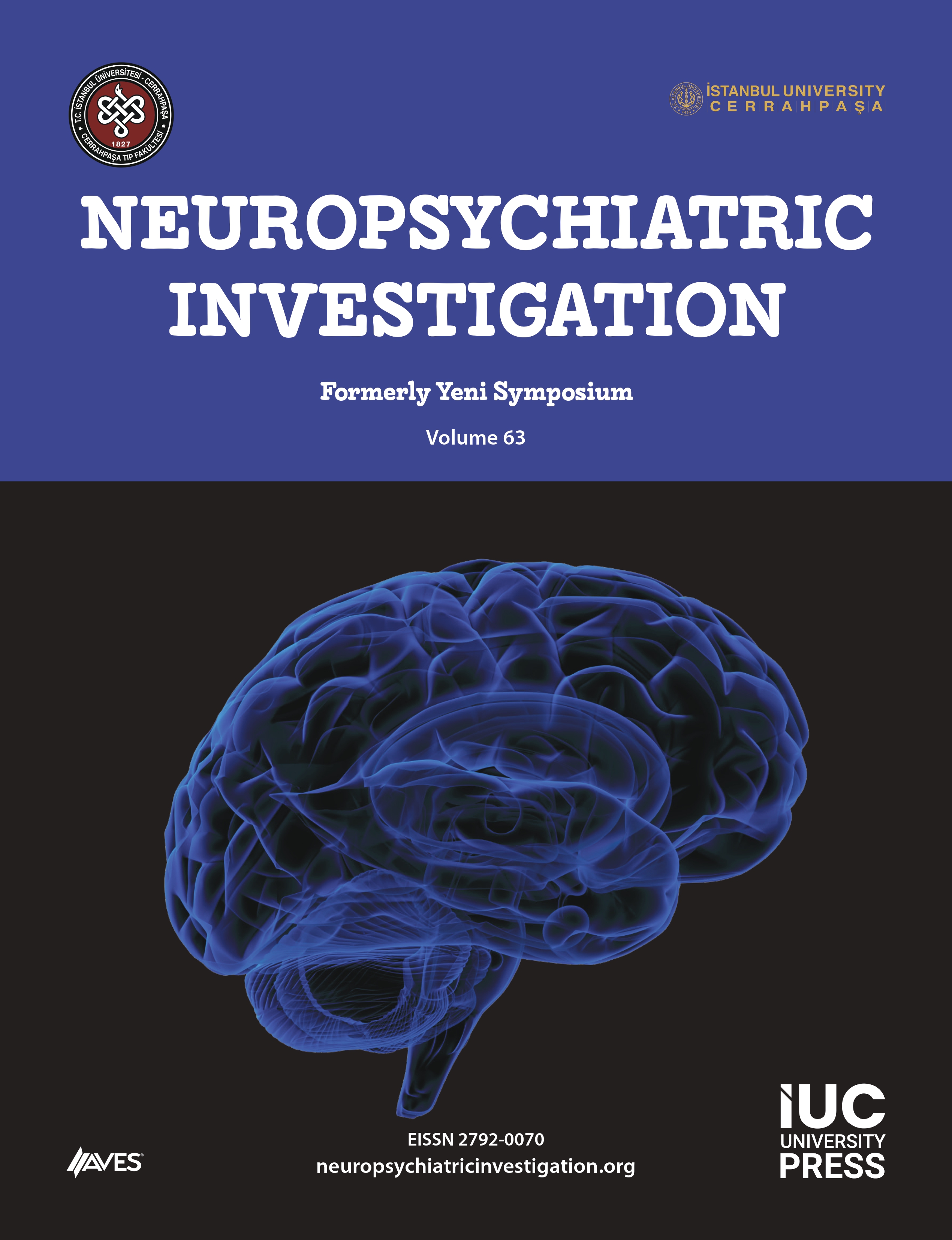Objective: Our study investigated the improvement of the adolescents with eating disorders who have received inpatient treatment at a general psychiatric inpatient unit for children and adolescents. The unit provides milieu therapy in conjunction with medical and other therapeutic interventions in accordance with patients’ needs.
Method: All of the adolescents diagnosed with Anorexia Nervosa, Bulimia Nervosa and Binge Eating Disorder according to DSM-IV and received inpatient treatment at the unit between the years 2005-2018 were recruited. Sociodemographic and family variables, individual and familial risks, presence of comorbid psychiatric diagnosis, the duration of treatment, The Children’s Global Assessment Scale (CGAS) and Health of the Nation Outcome Scales-Children and Adolescents (HONOSCA-TR) scores at admission and discharge were retrospectively collected.
Results: A total of 19 adolescents were included in the study. Results demonstrated that average duration of stay at the unit was 70.31±19.12 (Mean±SD) days. General functionality measured by the CGAS significantly increased from admission to discharge following psychiatric inpatient treatment. Moreover, there were significant improvement in adolescents with eating disorders as indicated with all of the HONOSCA-TR subscales.
Conclusion: These results implicate that long enough inpatient milieu therapy applied with multidisciplinary and multidimensional perspectives might have fostered the improvement of severely affected adolescents with eating disorders.




.png)